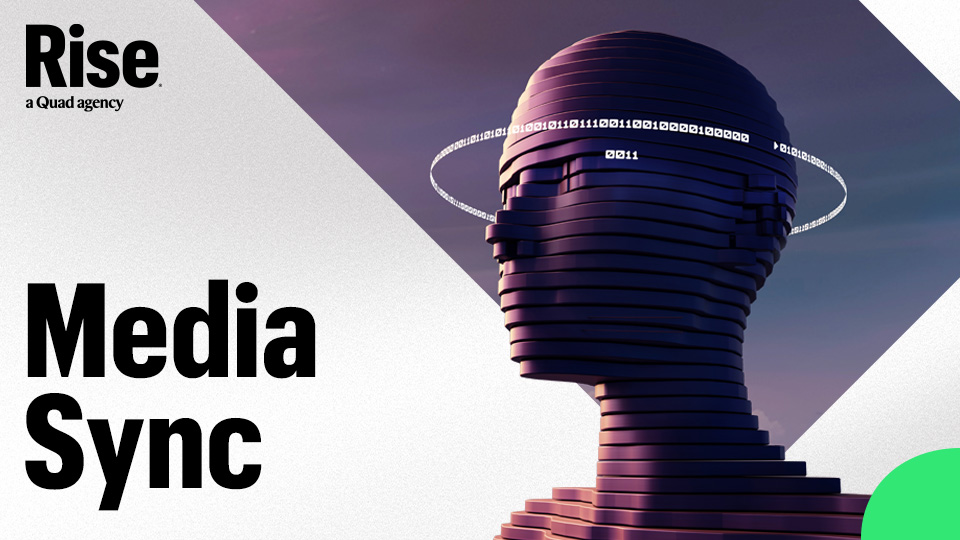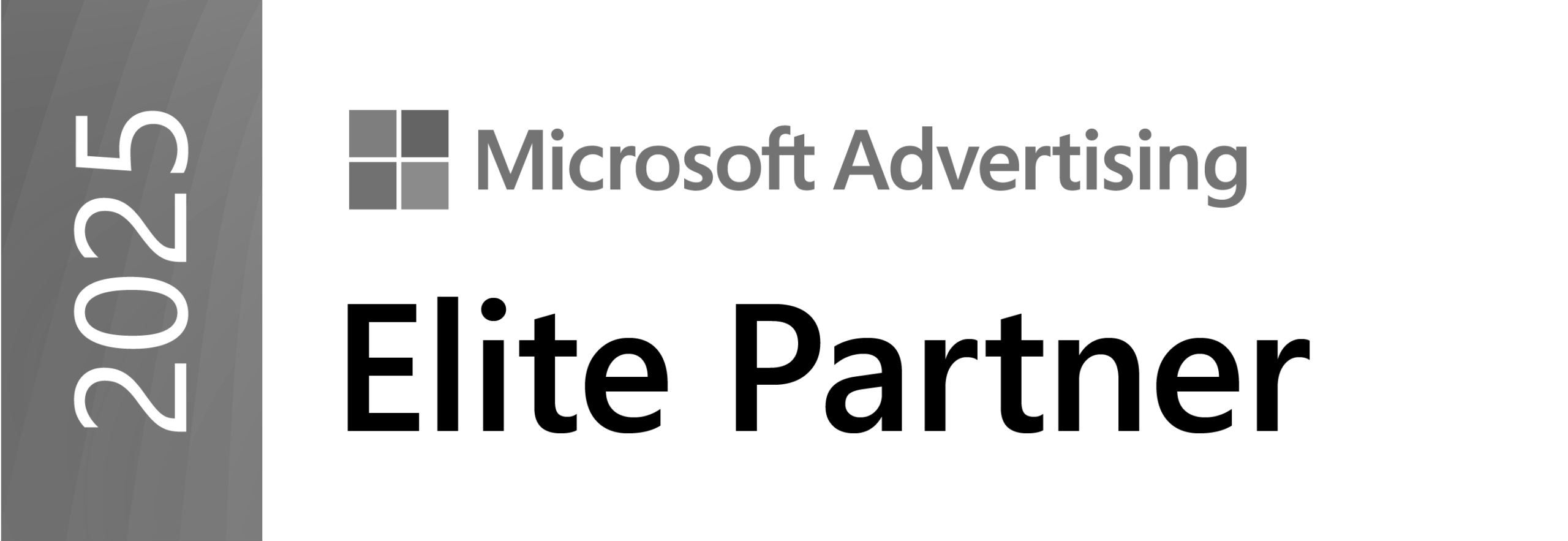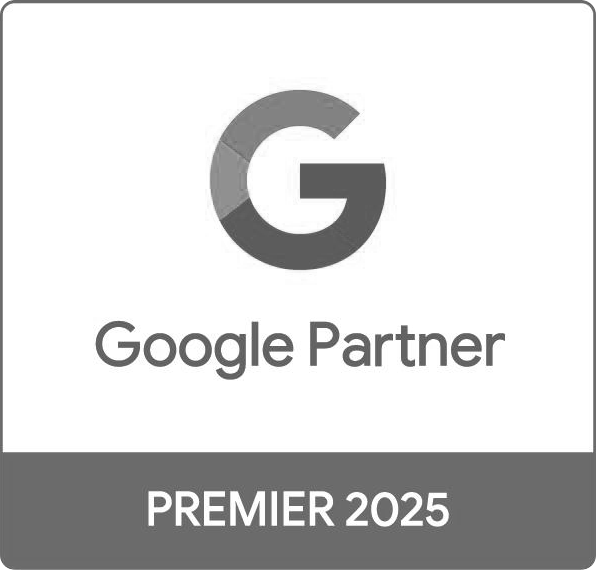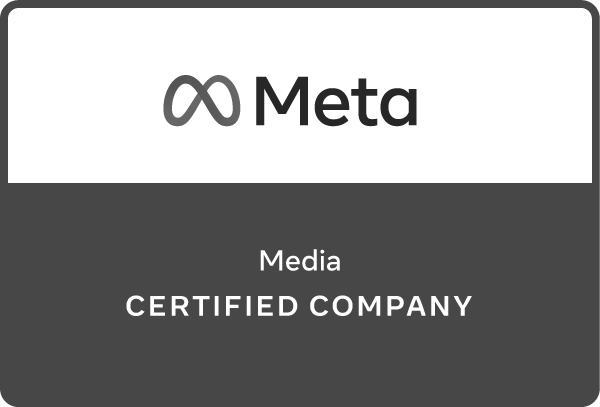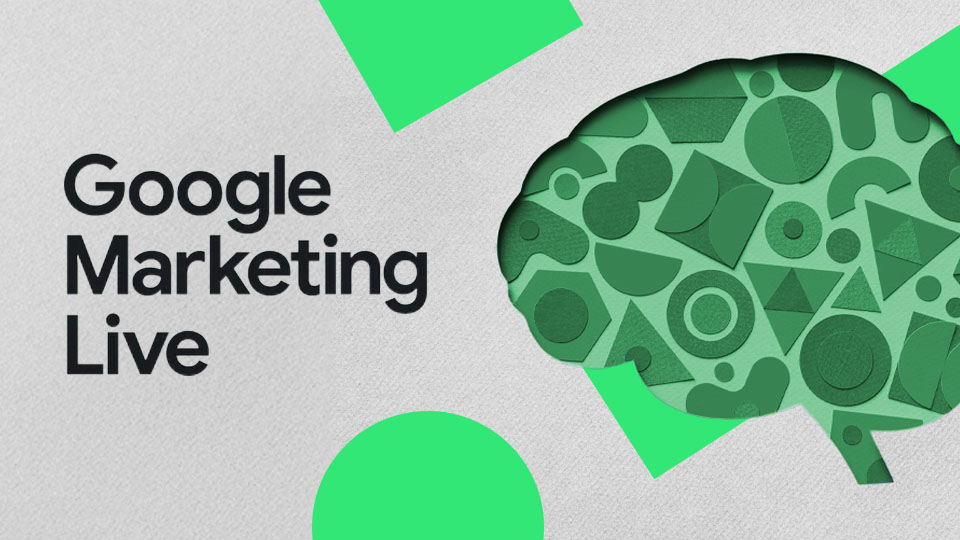
The Google Marketing Live 2025 event was not about unveiling a single product breakthrough — it was a reframing of how AI will function as the connective tissue across advertising, commerce and search.
And if you’ve tracked the news this past week, the response has been one of awe and fear. Articles like this one from New York Magazine, “Google’s AI is Burying the Web Alive,” aren’t for the faint of heart, so rather than joining the choir, we’re offering actionable takeaways from Google Marketing Live.
For results-driven marketers, the headline is this: Google is embedding AI across the funnel to shorten the distance between media and outcomes. But with that comes new complexity (i.e., less control over creative, more dependency on automated systems and a premium on clean, structured data to drive results).
From Rise’s perspective, the takeaway isn’t just to adopt AI tools — it’s to scrutinize how they operate. Which search and intent signals power them? Where does your first-party data fit in? How do you optimize your working media when algorithms are doing more of the steering?
That’s where Rise’s transparent, data-powered approach gives clients an edge, especially when paired with Quad’s proprietary household data and omnichannel media solutions.
Below, we’ve condensed the most relevant product updates and strategic shifts — from Gemini’s (very) expanded role to changes in Search and YouTube ad formats — through the lens of what matters to results and transparency-first marketers.
AI-powered search and advertising evolution
Ads expand into AI Overview and AI Mode
Google is officially integrating paid placements into AI Overview summaries (rolling out on desktop in the U.S. and mobile in English-speaking regions). Ads will also appear in the more experimental “AI Mode,” which is still evolving. Google claims its LLMs can detect commercial intent even from vague queries — surfacing shopping and paid links where traditional keyword signals may fall short. Apparel try-ons and AI-assisted shopping journeys are also in the early rollout phase.
What it means: Ad placement will become less dependent on exact match queries, but don’t throw traditional SEO out just yet. Focus on clean metadata and audit your product feeds and landing pages. From there, keep track of keyword performance in both traditional search queries and AI overviews. This is where Rise’s data-integrated search strategies can close the measurement gap.
AI Max for Search debuts to optimize AI Overview ads
Google introduced AI Max for Search, a one-click opt-in ad format tailored for AI Overview placements. It repeatedly learns from your site content and historical keyword data to refine targeting and headlines dynamically. Per Google, “Google AI will learn from your current keywords, creative assets and URLs to help you show up on more relevant searches.” This is simultaneously a step toward automation and added transparency. Google plans to roll out new advertiser tools to review and measure AI-generated headlines and overall performance.
What it means: Real performance still depends on how well your landing pages align with your actual value props — and how well your team can monitor AI-crafted creative. Use the reporting tools aggressively. Don’t assume Google’s version of “optimization” matches your campaign goals. This is a test-and-verify moment.
AI agents promise action, not just reporting
Google’s AI agents now promise not just reporting, but action. These agentic, conversational tools such as Marketing Advisor can recommend and apply real-time optimizations, such as reallocating budget or surfacing new keywords, based on performance trends and marketer input.
What it means: Define what AI is allowed to “auto-optimize,” what needs review and which metrics define success within your existing AI governance model. Rise teams can support this by integrating our analytics frameworks to ensure these changes are held accountable to business outcomes — not just surface-level metrics.
Shifts in search behavior and methodology
Is the future of search conversational AI?
With the roll out of AI Mode to all U.S. users, Google introduces a more conversational interface across search. Instead of typing queries and scanning ranked links, users will engage with follow-up prompts and natural language refinements.
“The model can help figure it out, give you information, do research for you, construct a response and still provide helpful links and ways to follow up from that question,” Robert Stein of Google Search explained.
It marks a departure from the traditional keyword-based structure that has powered Google’s ad model for two decades. Again, don’t throw out type-in keywords yet.
What it means: Be prepared for reduced visibility into how and when your brand shows up in search (i.e., organic rankings may change in value.) Allocate time and attention to test how your brand shows up in AI Mode. From there you can execute and test creative and landing pages per conversational queries. This again increases pressure on clean schema markup and high-quality content signals. Rise can help pressure-test your AI discoverability and plug visibility gaps with precision media tactics.
Search methods are evolving — Lens and Circle-to-Search are a priority for Google
Google reported that Lens searches now account for ~5% of global queries, up 65% YOY, with one in 5five showing commercial intent. Circle-to-Search is now live on 250M Android devices, and Gen Z is already using it for ~10% of their queries. These non-textual inputs — camera, screen gestures, etc. — are a clear delineation from former discovery features.
What it means: Most likely, brand content won’t fully capture these new behaviors, so think visual-first creative. Teams should first review how their products appear through Lens and test Circle-to-Search activations where applicable. Rise’s omnichannel approach can help ensure media doesn’t fall through the cracks in this fractured discovery landscape.
YouTube and video commerce innovations
YouTube Shorts hits 2B MAUs, 20% growth YOY
YouTube Shorts now reach 2 billion monthly users, growing 20% YOY. Google claims Shorts is not just duplicating TikTok or Reels audiences — 45% of Shorts users don’t use TikTok and 65% don’t use Reels, positioning Shorts as a complementary yet distinct video platform.
What this means: The intended message here is clear: Shorts isn’t some TikTok copy, but a fresh standalone channel marketers should give mind to, according to Googlers. So if Shorts isn’t already in your video mix, you could take this as a sign to test. Just keep measurement top of mind, given Meta and TikTok still hold a large share of attention.
YouTube pushes shoppable features with new DR formats
YouTube reports 1 billion conversions via CTV ads in the past year and is doubling down on Connected TV (CTV) “shoppability.” Think: QR-enabled ads and AI-powered checkout features. In addition, Shoppable Masthead ads (premium ad space on top of the YouTube home page) will bring direct-response capabilities into YouTube’s highest-visibility placements.
What this means: CTV is no longer just for awareness. Direct Response (DR) is now expected. Your team should evaluate CTV creative through a performance lens — does it prompt action, integrate QR design thinking and align with backend conversion goals? Rise can help assess if your current video buys are optimized for these new formats (or are leaving shoppable value on the table).
Search and video converge: time to map a video search funnel
Google is testing a format that places video ads within search results, blending YouTube Demand Gen campaigns into commercial queries. New reporting tools will help track the path from YouTube view to Search query, closing attribution loops across platforms.
What this means: There is a theme here — siloed search strategies are out. If Demand Gen video is in your plan, you’ll need to think like a search marketer: What keywords follow your videos? How do you retarget those users? Allot time in 2025 to map out a video search funnel, especially if your team leans into video-forward lead–gen marketing.
Retail media and AI-created content growth
Retail media integrations provide first-party data access
Google claims its new commerce media suite connects advertisers to retail media network (RMN)-powered first-party data across its full ad inventory, including YouTube. This links CPG video media directly to retail sales.
What this means: Retail media is redefining the meaning behind omnichannel. If your team is running siloed RMN and Google campaigns, now’s the time to integrate. Use this as an opportunity to align video, programmatic and retail activation under a single audience framework — ideally one powered by first-party and household-level insights.
AI-generated content surges – adoption up 250% YOY
Google reports 250% YOY growth in use of its AI-powered creative tools, with near “studio-quality” output and embedded integration into Performance Max (PMAX) campaigns. Reportedly, AI-built video ads within YouTube PMAX have driven a 7% uplift in conversion value.
What this means: AI creative is in-market and driving results. But templated AI doesn’t guarantee brand fidelity or performance. Your team should benchmark AI-generated creative against human-led versions and define thresholds where AI can scale and where custom production is still needed.
If you’re looking for ways to proactively respond, test and measure on these changes responsibly — without compromising creative integrity or campaign performance, connect with a Rise expert today.



